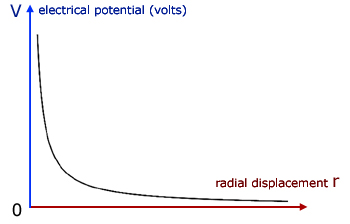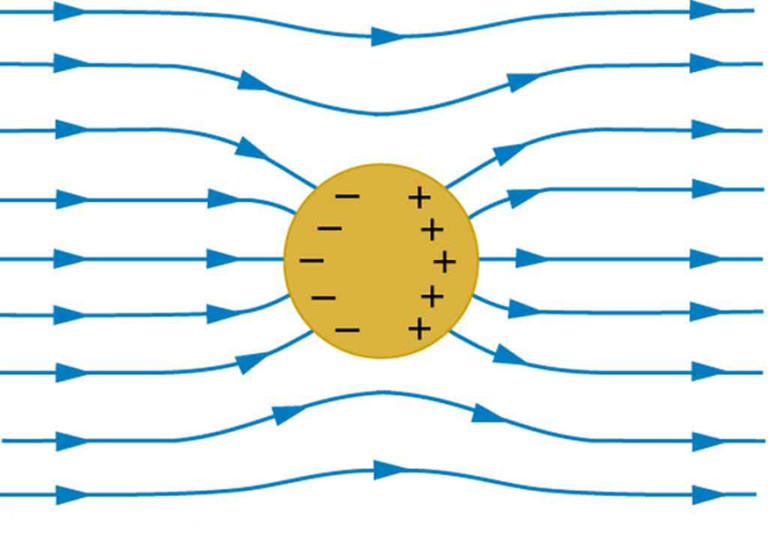- Mar 17, 2015
- 17,193
- 9,201
- Country
- United States
- Faith
- Christian
- Marital Status
- Married
Sure. We want better protection than birds have against random unexpected things that could happen, like an unexpected path for current flow, or lightning strike.And for the final, and toughest question, and if you can answer this one, then you will have solved everything; what is the reason why the pilot and the lineman have to wear metal suits while bonded to a phase of a 500 line, but birds don't?
One would not usually need it.
It's a metal enclosure, which protects against you becoming part of a current flow path.
Analogy: it's like having an air bag in your car. You don't usually need it even if you are driving fast or driving in rain.
Usually you don't need it. But you want it there in case the unexpected happens. In that rare moment it could save your life.
My own air bags have never deployed, not over 150,000 miles or more. But I'd pay to have them if I didn't already.
Upvote
0


